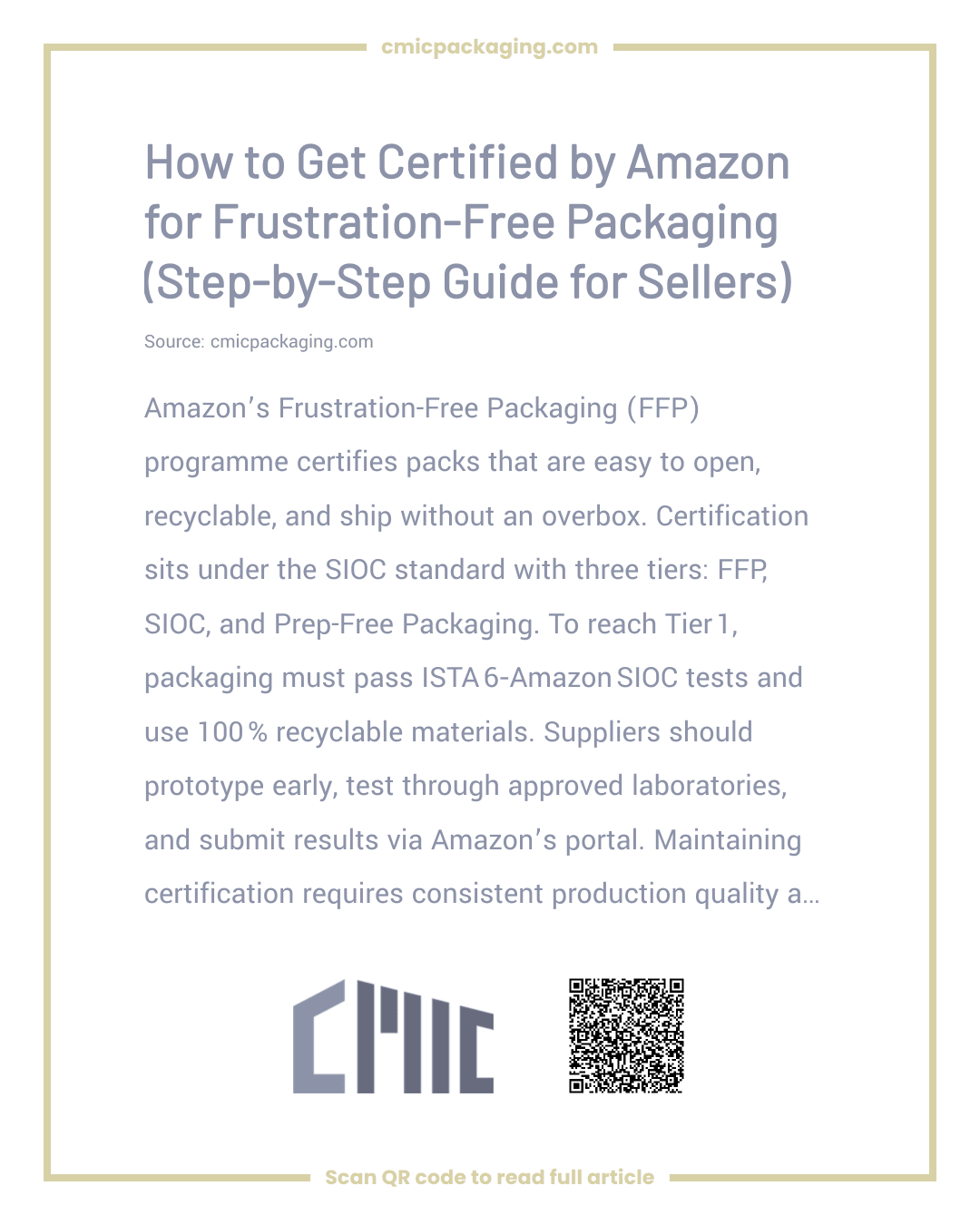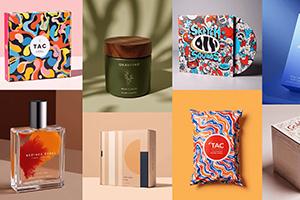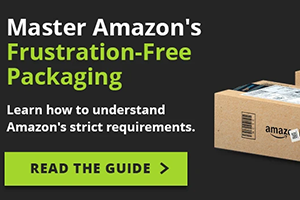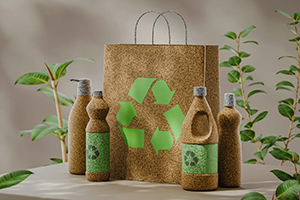Imagine the scene: your customer tears into their Amazon delivery, and instead of battling some infuriating plastic fortress or wading through a mountain of pointless packing peanuts, they just… smile. Easy peasy. That’s the sheer delight of Amazon’s Frustration-Free Packaging (FFP) program, and let me tell you, it’s a total winner for sellers looking to level up their game.
Look, jumping into FFP certification might seem like trying to solve a puzzle in the dark at first. What on earth does Amazon actually want? How do you breeze through those tests? And is it really worth the effort? From my years helping brands navigate this stuff, I can say with certainty: absolutely. Stick with me here, and I’ll break it down step by step—from the must-know rules to testing, getting certified, and even partnering with the right suppliers—so you can nail those Amazon standards without losing your mind.
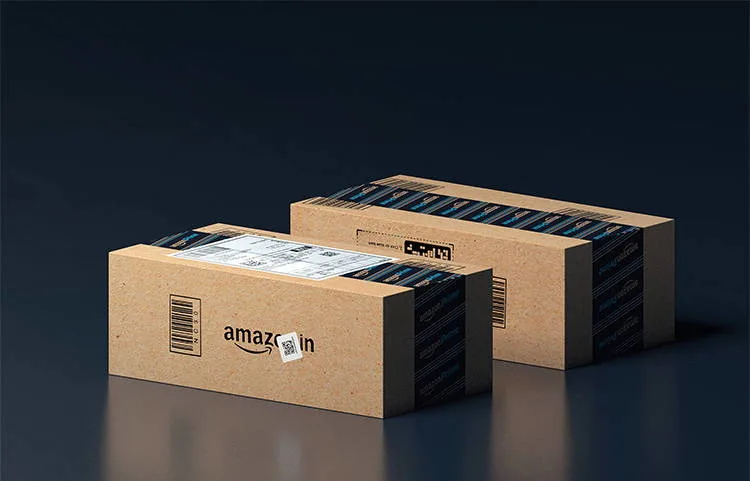
What’s the Deal with Amazon’s Frustration-Free Packaging?
Way back in 2008, Amazon kicked off this Frustration-Free Packaging thing to slash waste and turn unboxing into something fun, not a fight. The idea is simple: strip out all the unnecessary junk while keeping your product safe during its wild ride to the customer. Picture packaging that’s clever, straightforward, and kind to the planet—opens in a snap, fully recyclable, and sturdy enough to ship without needing that extra Amazon box wrapped around it.
It fits under Amazon’s Ships In Own Container (SIOC) system, with three levels to shoot for. The top dog is Tier 1 FFP: recyclable, protective, and totally customer-friendly. Tier 2 is basic SIOC—it ships on its own but might not be fully frustration-free. Tier 3, Prep-Free Packaging, saves Amazon some work but could use a bit of polishing. In my book, aiming for Tier 1 is where the magic happens, especially if you’re a brand that wants to impress eco-conscious folks. It’s not just about ticking boxes; it’s about building a reputation that sticks.
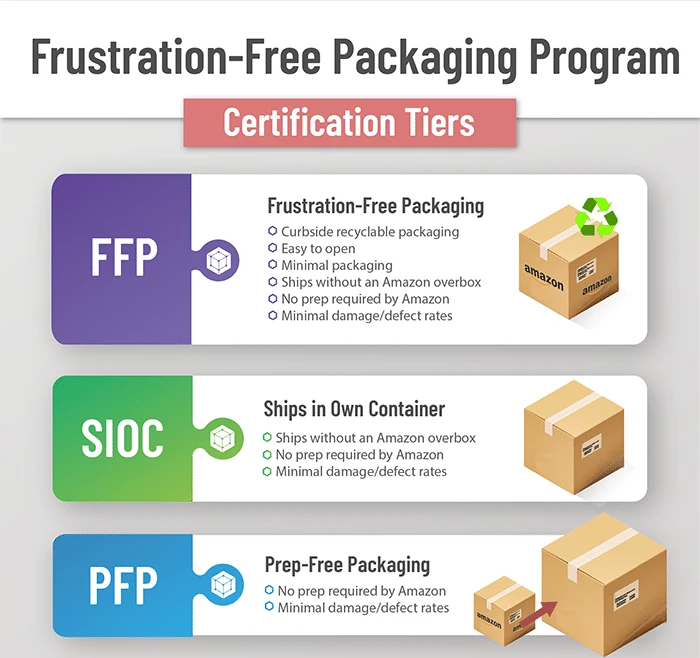
Why Go All In on FFP Certification? The Juicy Rewards
FFP isn’t just a shiny sticker—it’s a serious boost for your Amazon hustle. I’ve watched it turn average sellers into stars, and here’s the real scoop on why it’s worth it.
First off, it cuts your logistics costs like a hot knife through butter—Amazon digs packages that don’t need constant coddling, so you pocket the savings on handling. Then there’s the customer love: people rave about easy-open, earth-friendly packaging; it’s like sneaking in an extra treat. Plus, with tough testing, your products show up in one piece, reducing those headache-inducing returns. It amps up your brand’s cool factor too—in a world where everyone’s going green, this proves you’re walking the walk. And hey, Amazon’s all in on this, so getting certified now keeps you ahead of the pack and compliant.
In today’s market, where folks remember the brands that make life easier, ditching the frustration can turn you into the seller they keep coming back to.
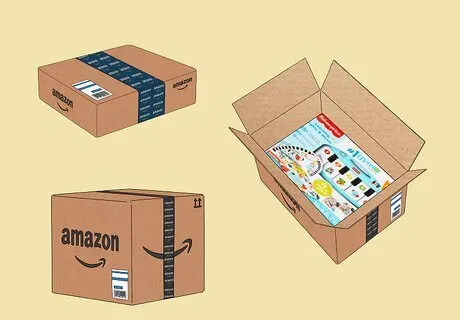
Getting a Grip on Those Frustration-Free Packaging Rules
Amazon’s guidelines are non-negotiable—they’re the bedrock of the whole thing. Before you even doodle a design, immerse yourself in those Frustration-Free Packaging requirements. It’s like building a house on solid ground; ignore it, and watch it all topple.
To hit that Tier 1 sweet spot, your packaging needs to fly solo through shipping—no Amazon overbox required. It has to pass the ISTA 6-Amazon SIOC tests with flying colors, be 100% recyclable (hello, paper-based wonders like corrugated boxes), skip the fluff like air pillows or plastic fillers, open without any tools, and have crystal-clear labels and barcodes exactly where they should be.
Even for tricky stuff like tech gadgets or breakable glass, you can make it work with smart ideas—think molded paper inserts or beefed-up cardboard. I’ve guided sellers through this, and with a sprinkle of ingenuity, it’s way more achievable than you’d think.
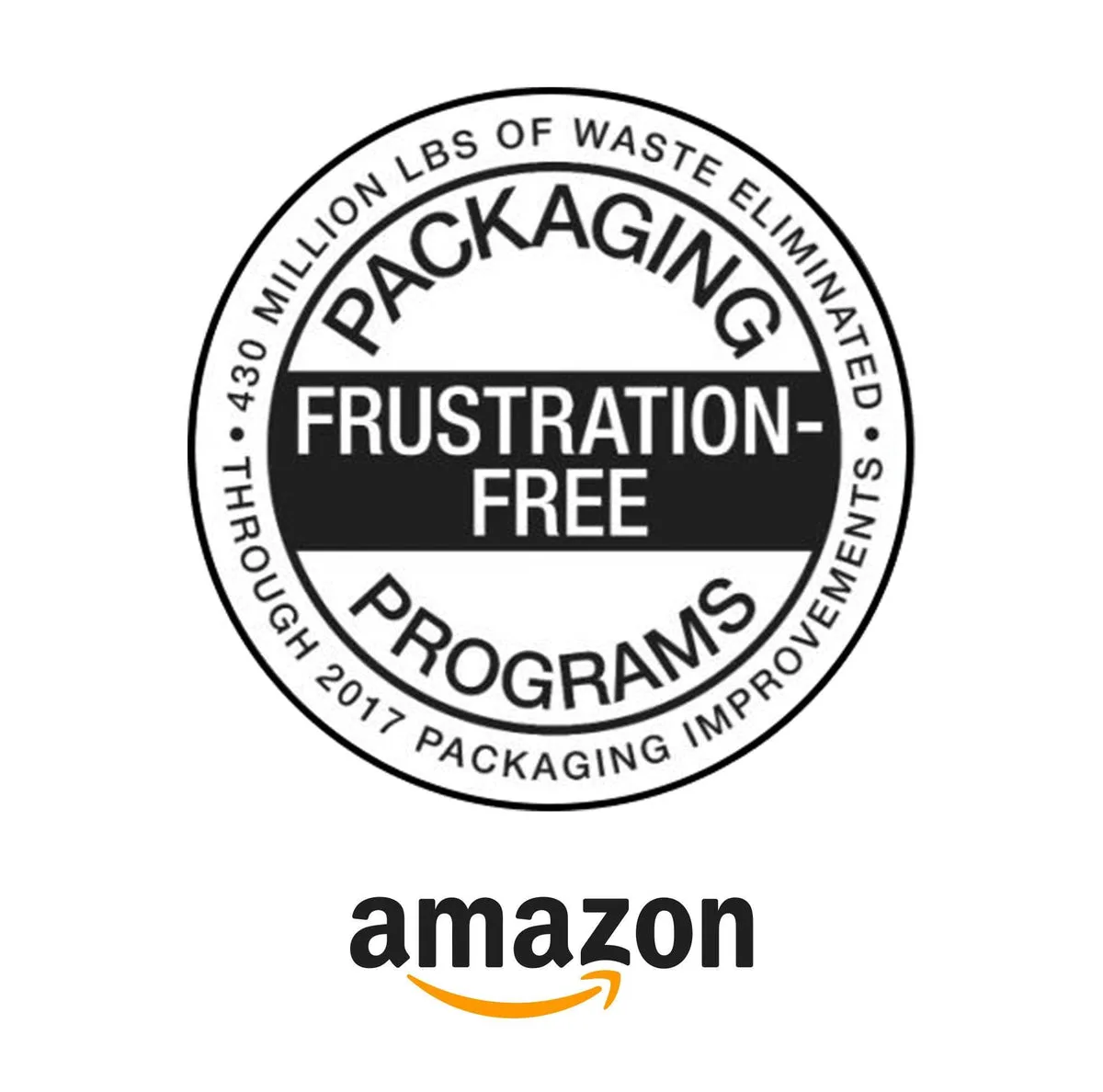
Bring Your Packaging Supplier into the Fold Early On
Nailing FFP isn’t a lone-wolf operation; it starts with looping in your supplier right from the start. Get them on board early, and you’ll sidestep a ton of drama later.
Hunt for one who really knows Amazon’s packaging guidelines and the FFP playbook inside out. They should be pros at creating designs that endure drops, jolts, and crushes, have ties to testing labs, and can crank out prototypes to test your ideas. For instance, at C MIC Packaging, we’ve helped heaps of Amazon sellers go from half-baked concepts to certified successes. Our know-how in corrugated, rigid, and folding cartons nails that sweet spot of being eco-smart and super durable. Teaming up with someone like that? It’s your secret sauce for saving time and money on endless tweaks.
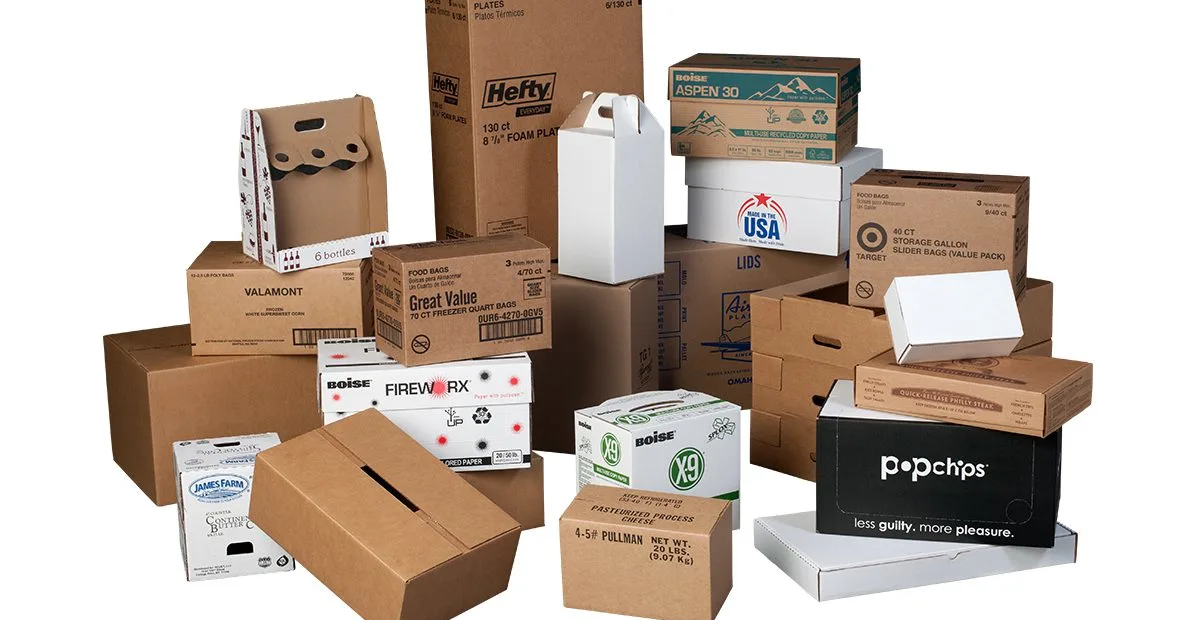
Time to Test: Facing the ISTA 6-Amazon SIOC Challenge
This is where things get real—your packaging has to survive the ISTA 6-Amazon SIOC tests to prove it can handle the shipping madness without any backup.
The test throws everything at it: brutal drops, bumpy road vibes, crushing stacks, and extreme weather swings from steamy humidity to freezing chills. Partner with an Amazon-approved lab, or better yet, a supplier who can hook you up. Nail it, and you get a detailed report complete with photos as proof.
Here’s a gem from my experiences: test those prototypes ASAP. Small changes, like upgrading to thicker material or better sealing, can turn a flop into a triumph. I’ve seen it rescue product launches more times than I can count.
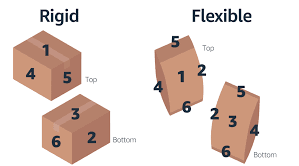
Submitting Your Package for the Official Stamp of Approval
Passed the tests? Sweet—now head over to Amazon’s Packaging Support and Supplier Network (APASS) or Seller Central to make it legit.
Log in to your Seller or Vendor Central, navigate to Packaging Certification/Enrollment, upload your ISTA results along with drawings and photos, and tie it all to your product ASINs. Amazon typically takes 2–4 weeks to review, but if your paperwork is spot-on, it might go faster. Once approved, you’ll see those certification badges popping up on your listings. If something’s off—like blurry labels or misplaced barcodes—they’ll point it out, and you fix it.
Maintaining That Certification Glow and Keeping Tabs
Getting certified isn’t a set-it-and-forget-it deal; it’s about staying on top of things to keep it alive.
Regularly check your production runs to ensure everything matches FFP specs, keep an eye on customer reviews and returns for any damage patterns that need fixing, store all your records in case of audits, and keep innovating with greener materials or slimmer designs. FFP is part of Amazon’s huge sustainability drive, and from what I’ve seen, brands that keep pushing forward don’t just meet the bar—they set it.
Quick Heads-Up: Avoid These Certification Pitfalls
Lots of sellers stumble on their first go—don’t join them. Watch out for hidden non-recyclables like sneaky plastics, overstuffing with useless padding, rushing to the lab without prototyping, bungling barcode placement, or poor communication with suppliers that leads to inconsistent batches.
With a reliable partner and a solid strategy, you can dodge these newbie mistakes like a pro.
A Real-Life Success Story: From Packaging Nightmare to Victory
Take this home goods brand we worked with earlier this year—their coffee was stuck in clunky, foam-packed boxes that flunked ISTA tests spectacularly. We revamped it into a sleek two-piece corrugated mailer with pulp trays: lightweight, eco-friendly, and tough as nails.
After a couple of prototype tweaks, it aced Tier 1 FFP. The result? They cut waste by a massive 32%, and customers couldn’t stop gushing about the green vibe in their reviews. Tales like this always remind me that sustainable packaging isn’t just about rules—it’s a game-changer for your brand.
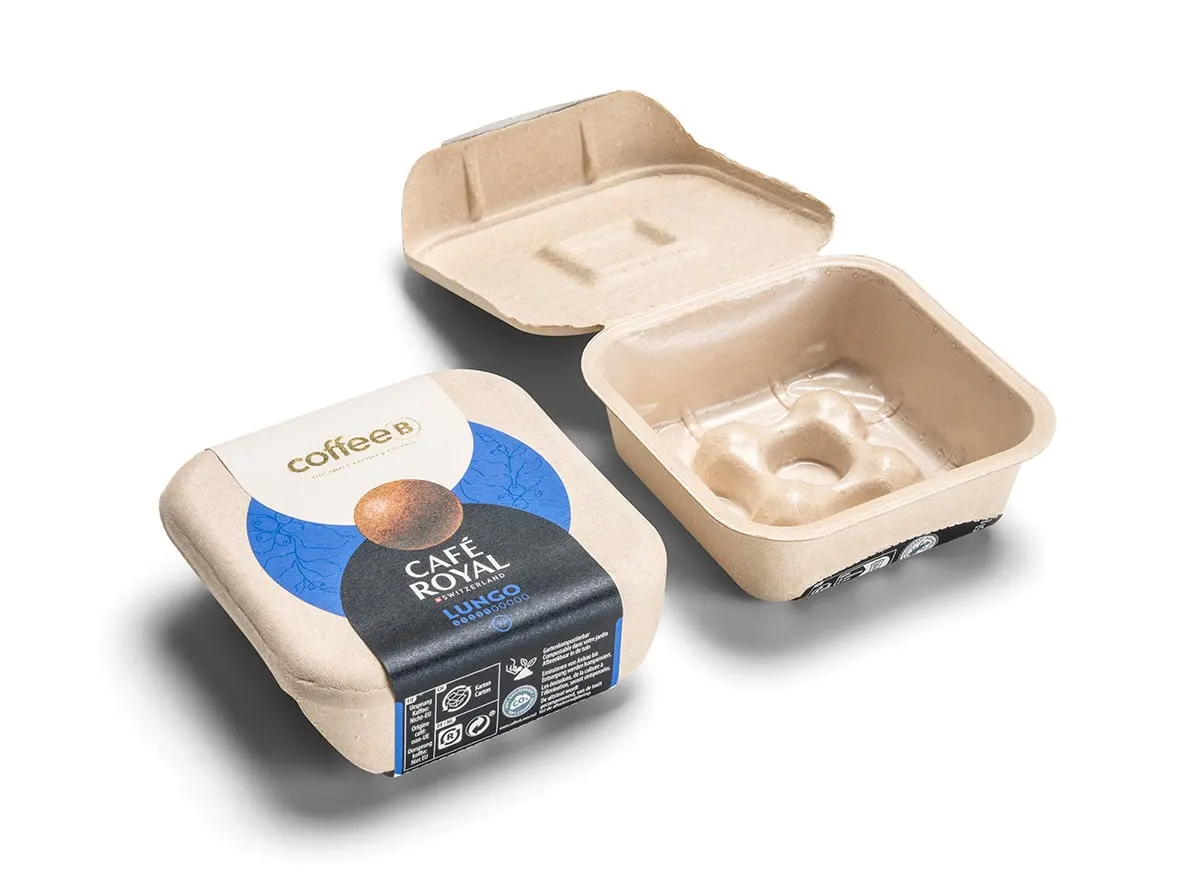
Let’s Wrap This Up: Start Your FFP Adventure Now
Diving into Amazon’s Frustration-Free Packaging program might look intimidating at the outset, but it’s your golden ticket to smoother operations, happier customers, and a killer eco-friendly image.
Get those frustration-free requirements locked in, and the perks will start pouring in. If you’re scratching your head on designs, materials, or testing, we’re here at C MIC Packaging with our global expertise for Amazon sellers to help you from initial ideas to full certification.
🔹 Ready to ditch the frustration in your packaging? Reach out, and let’s map out your path to success.
Keywords: Amazon frustration-free packaging certification, frustration-free packaging requirements, Amazon packaging guidelines, certification process for Amazon sellers, sustainable packaging standards, Amazon seller packaging certification, steps to get frustration-free certified, packaging compliance for Amazon, Amazon packaging supplier guide, benefits of frustration-free packaging
